HIỆU QUẢ CỦA KẾT HỢP ĐA PHƯƠNG THỨC: ĐIỀU TRỊ NỘI KHOA VÀ PHỤC HỒI CHỨC NĂNG VẬN ĐỘNG Ở BỆNH NHÂN SUY HÔ HẤP CẤP DO TỔN THƯƠNG TỦY CỔ
Nội dung chính của bài viết
Tóm tắt
Tổn thương tủy sống vùng cổ thường gây gián đoạn đường dẫn truyền thần kinh từ não đến các cơ hô hấp, dẫn đến liệt cơ hoành và các cơ hô hấp khác. Những bệnh nhân bị tổn thương tủy sống vùng cổ có nguy cơ không thể tự duy trì thông khí, thường cần hỗ trợ thở máy dài hạn. Tuy nhiên, việc phụ thuộc vào máy thở kéo dài có thể dẫn đến các biến chứng nghiêm trọng như viêm phổi thở máy, sẹo hẹp khí quản, rò khí quản thực quản, tràn khí màng phổi, ngộ độc oxy, tổn thương phổi do thở máy, xẹp phổi, thuyên tắc huyết khối và thậm chí tử vong. Bên cạnh đó tình trạng yếu liệt của các cơ hô hấp dẫn đến việc cai máy thở cho bệnh nhân khó khăn hơn rất nhiều và dễ dẫn đến các biến cố trong lúc cai máy thở như suy hô hấp giảm oxy máu, suy hô hấp tăng CO2 máu, xẹp phổi do tắc đàm, viêm phổi thở máy. Đối với những trường hợp này, việc kết hợp đa phương thức: điều trị nội khoa, vật lý trị liệu và phục hồi chức năng sẽ cải thiện kết cục lâm sàng, giảm các biến chứng và giúp bệnh nhân có cơ hội hồi phục. Trong báo cáo này, chúng tôi trình bày một trường hợp suy hô hấp phụ thuộc máy thở trong 2 năm do viêm tủy cắt ngang từ C1 đến D2 được chuyển từ một bệnh viện tỉnh đền bệnh viện Phục hồi chức năng - Điều trị bệnh nghề nghiệp. Quá trình cai máy gặp khó khăn do tình trạng tăng tiết đàm, viêm phổi, xẹp phổi và hôn mê do suy hô hấp tăng CO2 máu. Bệnh nhân trải qua liệu trình cai máy kéo dài, điều trị nội khoa tích cực theo phác đồ, kết hợp vật lý trị liệu và phục hồi chức năng. Sau 6 tháng điều trị phối hợp đa phương thức, bệnh nhân đã cai được hoàn toàn máy thở và xuất viện với tình trạng lâm sàng ổn định.
Chi tiết bài viết
Từ khóa
tổn thương tủy sống cổ, suy hô hấp, thở máy, lệ thuộc máy thở, cai máy thở, viêm phổi, xẹp phổi, phục hồi chức năng, vật lý trị liệu
Tài liệu tham khảo
2. Jacob A, Weinshenker BG. An approach to the diagnosis of acute transverse myelitis. Semin Neurol. 2008;28(1):105-120. doi:10.1055/s-2007-1019132.
3. Winslow C, Rozovsky J. Effect of spinal cord injury on the respiratory system. Am J Phys Med Rehabil. 2003;82(10):803-814.
4. Berlowitz DJ, Wadsworth B, Ross J. Respiratory problems and management in people with spinal cord injury. Breathe (Sheff). 2016;12(4):328-340.


